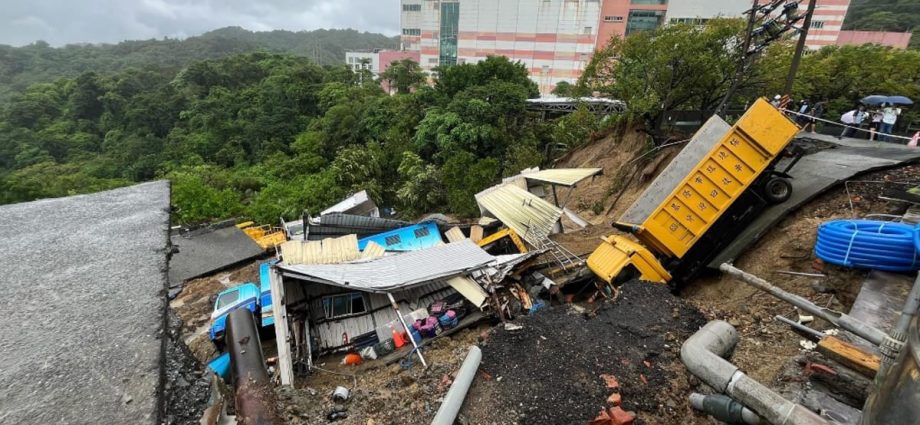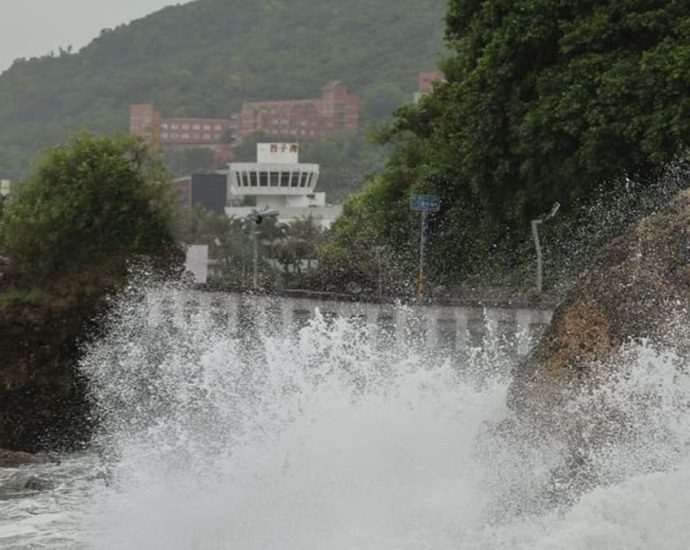Two more found dead in Taiwan after Typhoon Krathon
TAIPEI: On Saturday ( October 5 ) in Taiwan, two people who had gone missing due to Typhoon Krathon’s destructive wind and torrential rains, were discovered dead, doubling the number of deaths caused by the storm that hit the island this week. Across the beach, around 20, 000 houses wereContinue Reading













